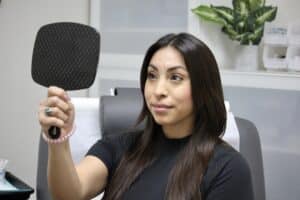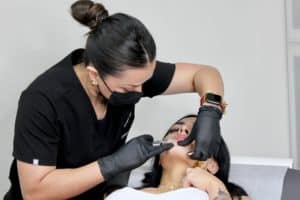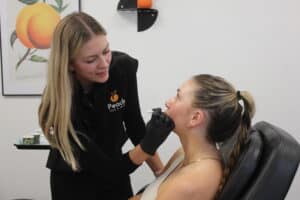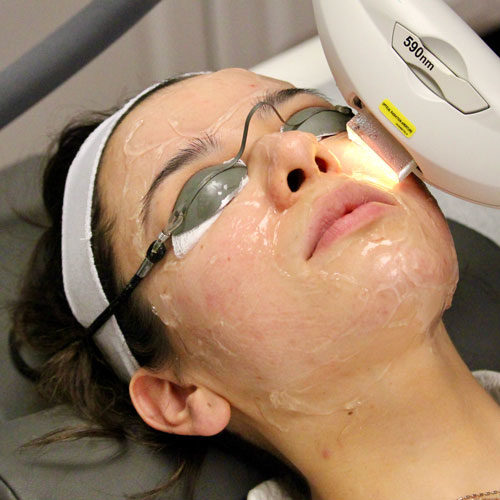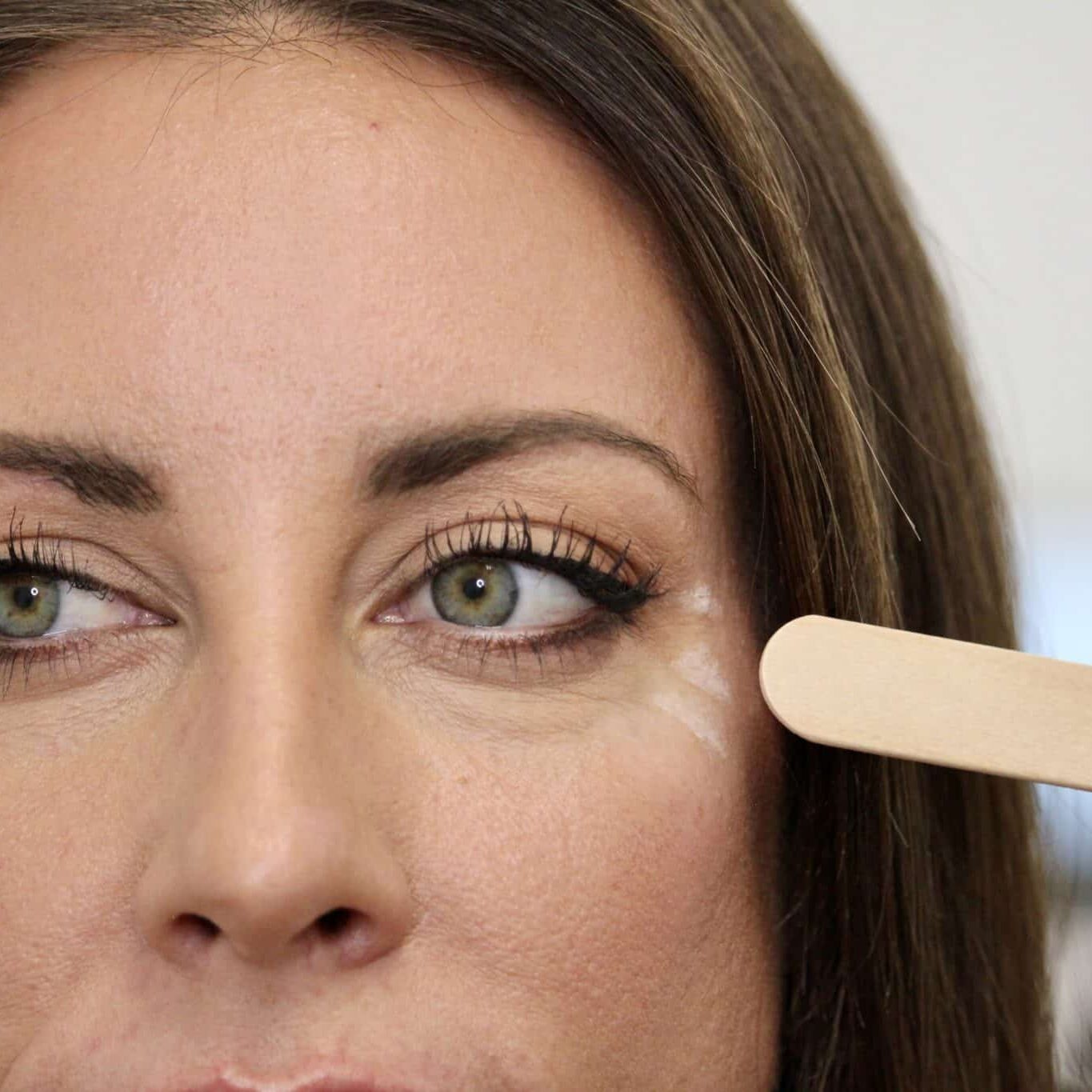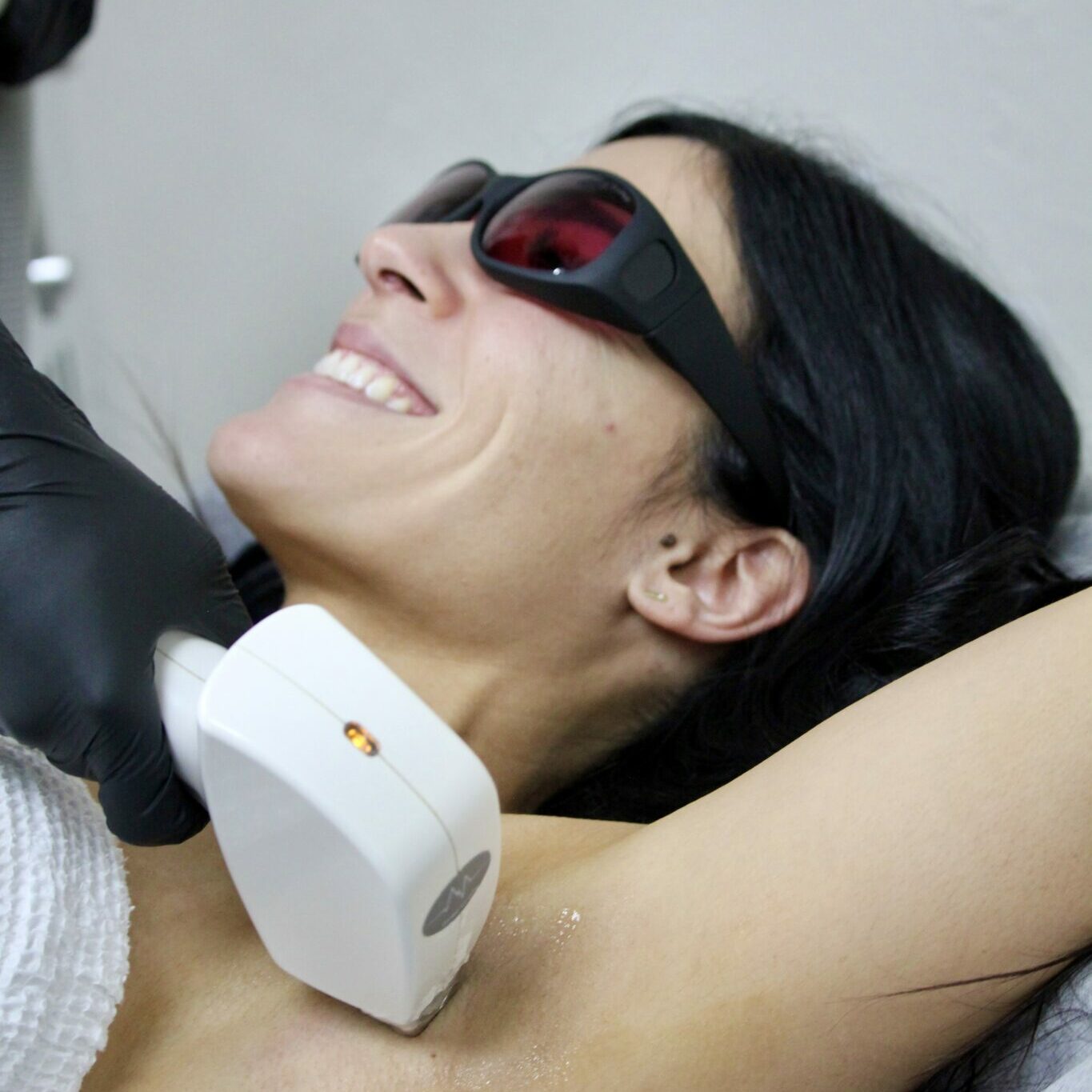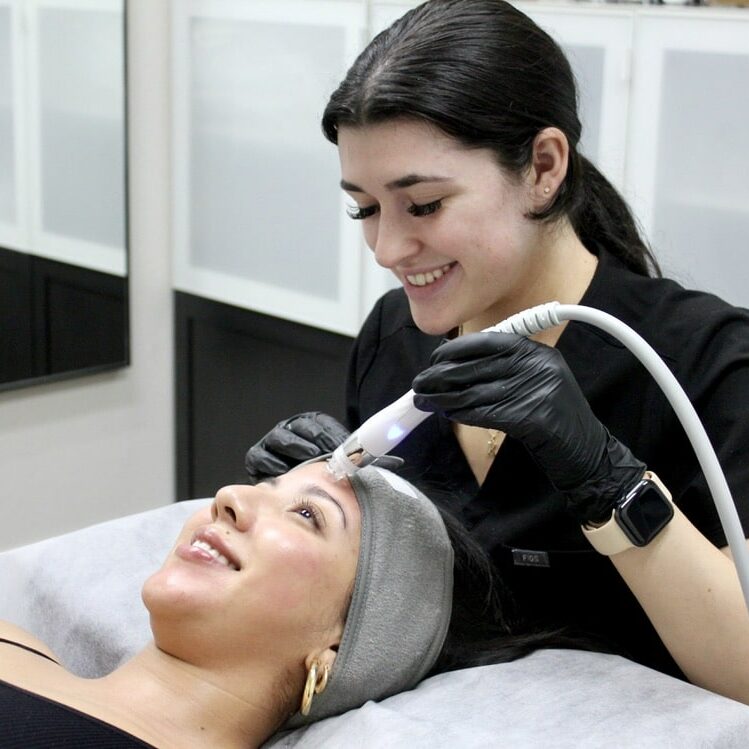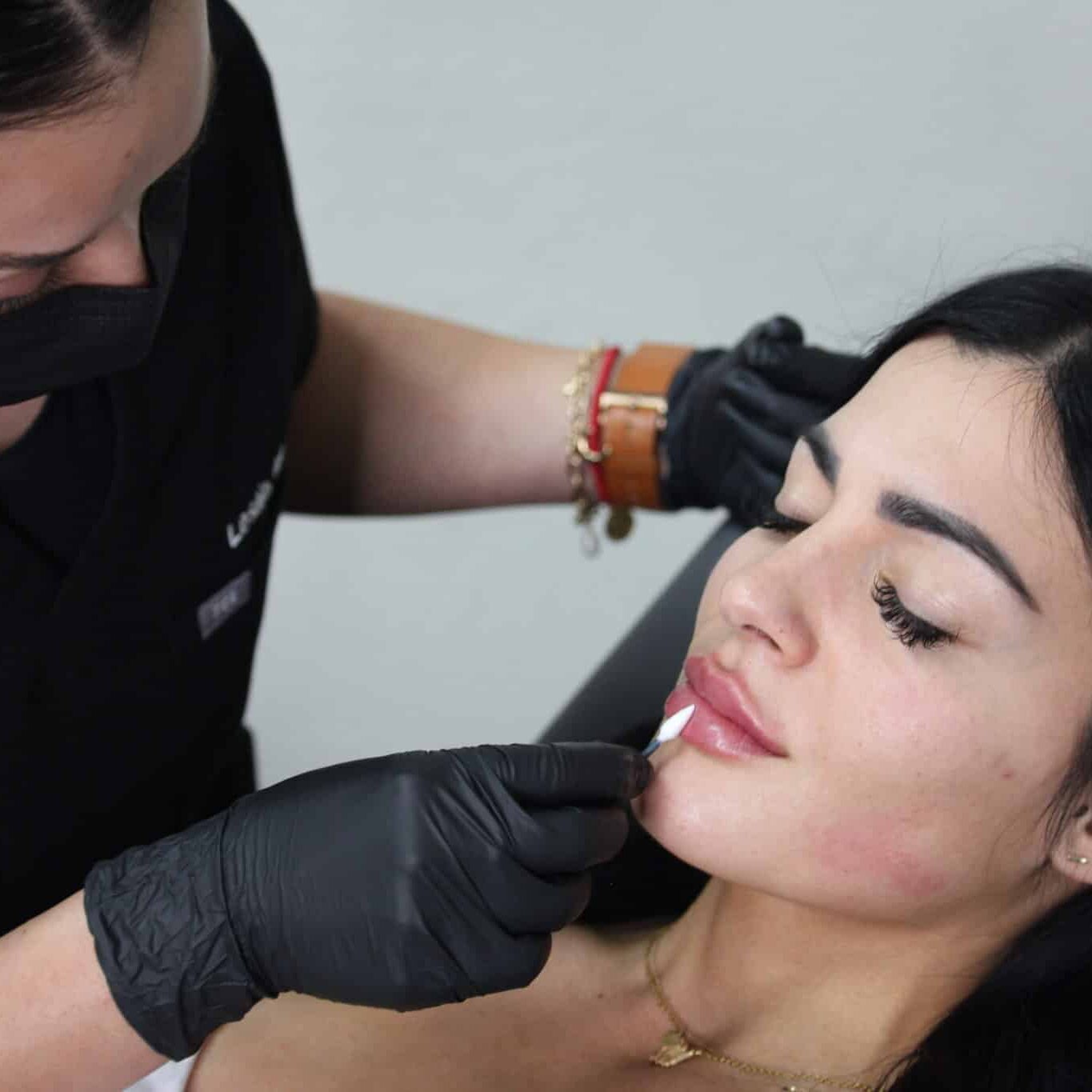About Peach Skin & Laser

At Peach Skin & Laser, we’ve always believed that caring about your skin and your appearance is not selfish, it is self-care. It’s time to be proud of the steps you take to look your best and it's time you ask for the best. Your skin deserves it.
Peach brings to you the latest technology, techniques, and the best professionals to deliver the results you want guaranteed.
It’s time to cross out the judgment, the labels, the hesitation, and the regrets.
We offer clinic locations in Tucson, AZ, Phoenix, AZ, Tempe, AZ and Yuma, AZ.
What Our Happy Clients Say

